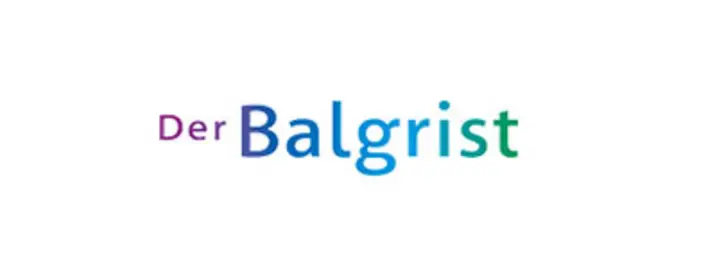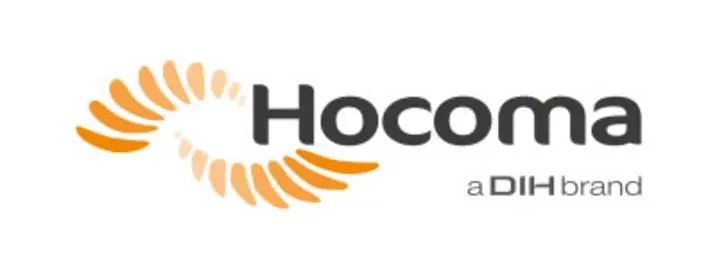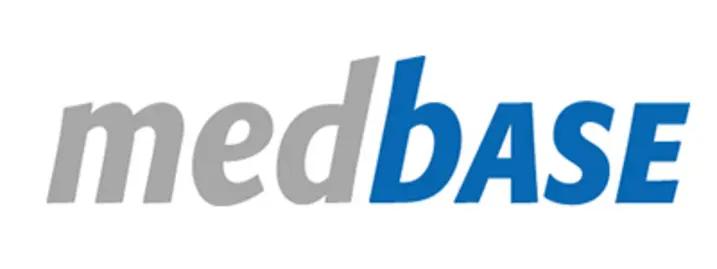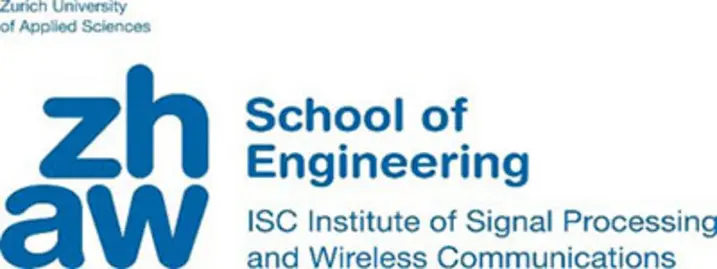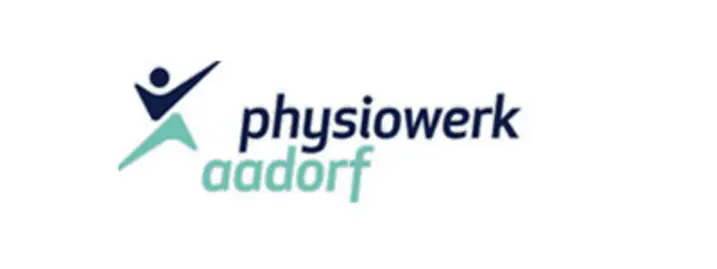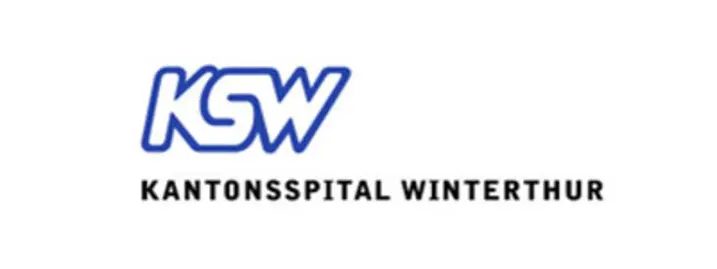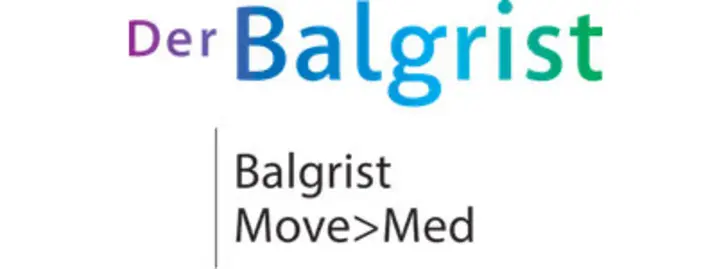Valedo neck therapy
Enhancing movement therapy for the cervical spine by computerized exercising, feedback and monitoring
Neck pain is a serious burden for the health system and the affected individuals. An analysis of the Global Burden of Disease Study 2013 lists it on the fourth rank - even before the «civilization disorders» migraine and diabetes. Because neck pain can have a wide variety of causes, individualized, personalized therapy is necessary. On the other hand, efficiency will be one of the key factors to keeping control of health care Costs.
Background
Neck pain is a common cause of disability. The global burden of disease study ranks neck pain 4th of the most common causes of disability, even before diseases such as diabetes or migraine. There is no uniform therapy to alleviate the burden caused by neck pain since the underlying causes and the needs of the individuals with neck pain are various. Conventional therapies may therefore be unsuitable, especially for people with neck pain due to habitual postures or those who need extra motivation to train.
Objective
For this reason, a prototype of the computer-based training system «Valedo® Neck Therapy» was developed. It enables individualised and inexpensive therapy - and is at the same time fun to use. The system records the patient's movements and transfers them to a computer game. For example, a (virtual) light cone is controlled with targeted neck movements in order to protect an avatar from monsters in a dark forest. This «gamification» turns rather dry exercises for neck range of movement and muscle coordination into a motivating game. At the same time, the posture of the neck is monitored and analysed quantitatively. In this way, incorrect postures, especially the forward head posture - also known as the turtle, or smart phone neck - can be made visible and corrected.
Methods and Procedure
Numerous partners were involved in the project. The ZHAW Institute of Physiotherapy managed and coordinated the project and tested the prototypes in its motion laboratory, where a high-precision 3D infrared camera system represents the "gold standard" in motion detection. The ZHAW Institute of Signal Processing and Wireless Communications developed the hardware and software of a laser-based motion detection prototype on the basis of HTC's Virtual Reality Tracking System.
Hocoma AG contributed the assessment and exercises/ games software and was the implementation partner of the project. Several clinical practice partners were involved in the project: The University Hospital Balgrist, Balgrist move>med, the Kantonsspital Winterthur, the Physiowerk Aadorf and the Medbase practice Archhöfe Winterthur helped to identify the requirement for the prototype and evaluate its relevance for clinical use. Close cooperation with these partners was crucial.
From the beginning of the project, these clinical partners provided important input for the intended use and practicability of the system: Which exercises and movement assessments needed to be integrated? What are the requirements for wearing comfort and weight of the motion sensors? After the prototype was developed according to their specifications, it was used in daily practice by the clinical partners in a test phase that lasted several months. The continuous feedback that emanated from this user study contributed to the further improvement of the system.
Results
Two prototypes for the neck therapy system were developed according to the specifications given by the clinical partners. Both prototypes were tested against a reference standard for precise motion detection and showed good agreement with the reference standard. Assessments and exercises/ games software were developed according to the intended use specified by the clinical partners. The test phase in daily practice revealed several positive aspects and areas in need of improvement. In general, the therapy system was regarded as a useful and good idea that might evolve into an adequate training tool. Areas in need of improvement are, for example, the time expenditure for preparation, the bulkiness of the first prototypes hardware or the reliability of the software regarding crashes.
After about two years, the project was completed in May 2019. It will now be decided how the prototype will be further developed to market maturity and how it will in the future help to playfully treat neck pain at home and in a clinic.
Project Organisation
- Project Leader ZHAW Institute of Physiotherapy
Ass. Prof. Dr. Christoph Bauer - Stv. Project Leader ZHAW School of Engineering
Dr. Martin Weisenhorn - Project Duration
February 2017 – May 2019 - Project team ZHAW
Markus Ernst, Dominik Kleger, Philipp Schmid, Prof. Dr. Irina Nast, Mandy Scheermesser, Bettina Sommer - Funding
Innosuisse, Projektvolumen CHF 561’801 - Project Status
Completed
Project Partners
Publications and Reports
Media reports
- 15. April 2019, Fachbeitrag Fachzeitschrift Netzwoche
Spielend Nackenschmerzen heilen, IT for Health - 29.08.2019, BZ Basel und weitere Zeitungen
Küken füttern am Computer für einen entspannten Nacken - 03. September 2019, Film - Digitaltag im HB Zürich
Livesendung SRF Einstein (ab Minute 16:50) - 23. September 2019, Fachbeitrag MIZaktuell Medien- und Informationszentrum der Zürcher Hochschule der Künste
Gamen auf Rezept - 28. September 2019, ZHAW Film
Computerspiel zur Behandlung von Nackenschmerzen entwickelt
ZHAW publication database
-
Sommer, Bettina B.; Weisenhorn, Martin; Ernst, Markus J.; Meichtry, André; Rast, Fabian M.; Kleger, Dominik; Schmid, Philipp; Lünenburger, Lars; Bauer, Christoph M.,
2019.
Journal of Biomechanics.
pp. 109340.
Available from: https://doi.org/10.1016/j.jbiomech.2019.109340
-
Sommer, Bettina; Weisenhorn, Martin; Ernst, Markus; Meichtry, André; Rast, Fabian; Kleger, Dominik; Schmid, Philipp Matthias; Lünenburger, Lars; Bauer, Christoph,
2019.
In:
Annual Meeting of the European Society of Movement Analysis for Adults and Children (ESMAC), Amsterdam, The Netherlands, 23.-28. September 2019.
Elsevier.
pp. 317-318.
Available from: https://doi.org/10.1016/j.gaitpost.2019.07.323
-
Ernst, Markus; Sommer, Bettina; Meichtry, André; Bauer, Christoph,
2019.
BMC Research Notes.
12(265).
Available from: https://doi.org/10.1186/s13104-019-4299-8
